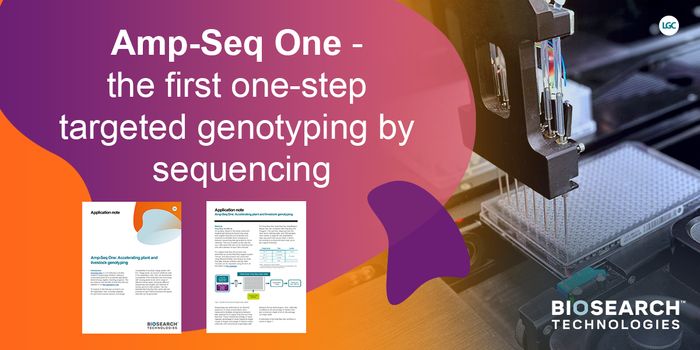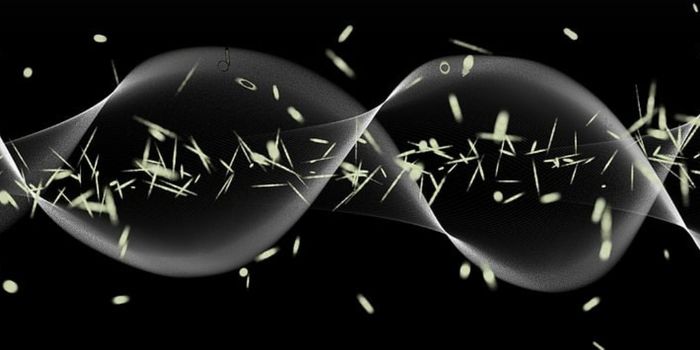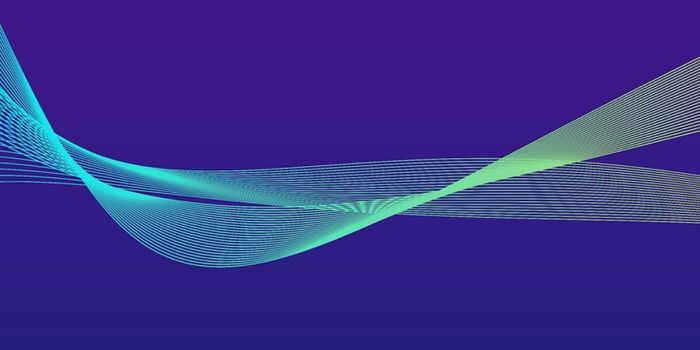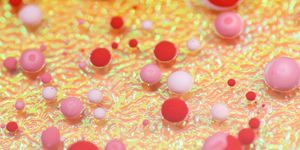Insight Into a Disease-Related Protein in the Brain
A protein called Gαo is found at high levels in the brain. Mutations in the gene that encodes for Gαo cause dysfunctions in the resulting protein, leading to severe movement disorders. Researchers have now learned more about how this protein works. The findings provide new insight into how the brain controls muscles and may aid in the design of new treatments for the disorders caused by Gαo mutations. The work has been published in Cell Reports.
In the past decade, mutations in Gαo were connected to GNAO1-related neurodevelopmental disorders. Worldwide, the disease affects hundreds of children, but there may be more cases yet to be discovered. The disease leads to seizures, severe developmental delays, and uncontrolled muscle movements.
"We were able to figure out what this protein does in the nervous system, and then use that knowledge to find out why its mutation leads to this devastating disorder," said the senior study author Kirill Martemyanov, Ph.D., Professor and Chair of the Department of Neuroscience at Scripps Research in Florida.
Gαo is one of many G proteins, which have been the subject of many research studies in part because they are so important to cell signaling; they carry molecular messages into cells through receptors on the cell surface called G-protein-coupled receptors (GPCRs). GPCRs are found on many types of cells and are involved in many pathways and processes. However, Gαo is one G protein that we still need to learn about.
"My lab has been studying this protein for quite some time," noted Martemyanov, "and there was really no connection to anything immediately disease-related until a few years ago, when mutations in the gene encoding Gαo were found to cause a set of rare genetic syndromes featuring seizures and uncontrollable movements."
Since brain cells express high levels of Gαo and when it's dysfunctional, brain signaling involving movement is disrupted, the researchers looked to Gαo's role in a region of the brain that helps control movement called the striatum.
The researchers created a mouse model in which GNAO1 was mutated in striatal neurons; these mice had serious movement problems including impaired muscle coordination and difficulty learning physical tasks compared to normal mice.
Further work showed that in striatal neurons Gαo is supporting parts of signaling pathways that involve the neurotransmitters dopamine and adenosine. Gαo helps coordinate and amplify dopamine and adenosine signals, allowing for harmonious control of muscle movement. When the scientists tested mutations carried by kids that have GNAO1 disorders in mouse models, they found that the resulting Gαo protein in these mice was not completely functional.
GNAO1 disorders can happen when only one of the two copies of the GNAO1 gene is mutated, and mutations in GNAO1 have a dominant-negative impact, in which the unaffected copy cannot make up for the disruption caused by the mutated copy, though the effect depends on the mutation. Typically, motor control is dysfunctional even when one copy of Gαo is normal.
"These findings can now guide our thinking about possible corrective strategies," Martemyanov said.
Sources: AAAS/Eurekalert! via Scripps Research Institute, Cell Reports









